Contents
- I. Introduction to Handicap Toilets
- II. Understanding ADA Rules for Handicap Toilets
- III. Dimensions and Specifications for Handicap Toilets
- IV. Importance of Handicap Toilets in Public Spaces
- V. Factors to Consider When Buying Handicap Toilets
- VI. Frequently Asked Questions about Handicap Toilets
- 1. What are the dimensions of a handicap toilet?
- 2. Are there specific grab bar requirements for a handicap toilet?
- 3. Can a regular toilet be converted into a handicap toilet?
- 4. Are there specific requirements for handicap toilet signage?
- 5. Are there any regulations regarding the number of handicap toilets in a public facility?
- 6. Can a handicap toilet be installed in a residential setting?
- 7. Are there any financial assistance programs available for installing handicap toilets?
- 8. Are there any additional features or accessories that can enhance the functionality of a handicap toilet?
I. Introduction to Handicap Toilets
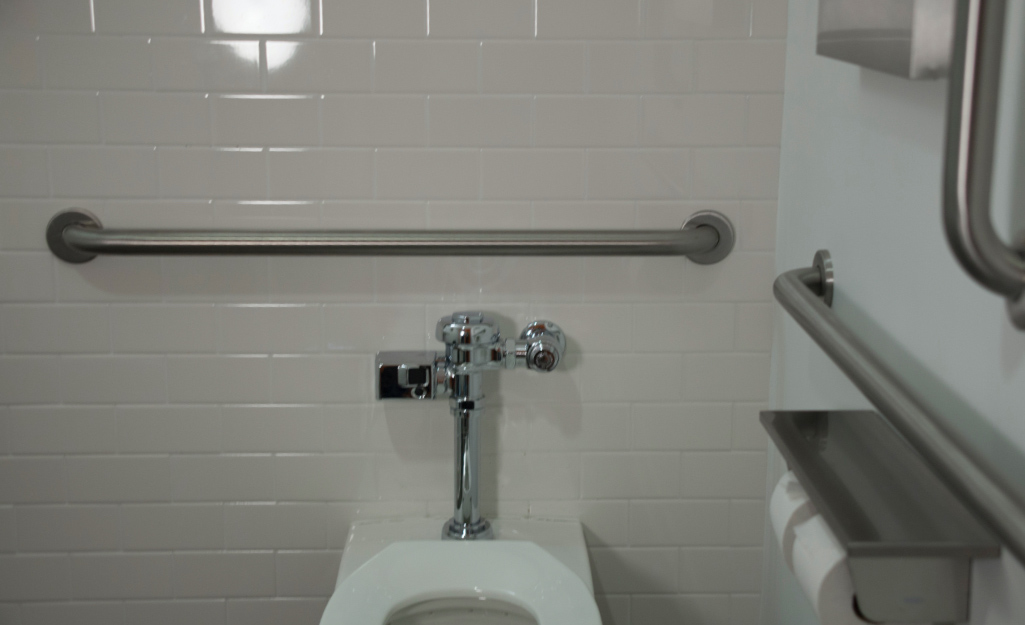
Handicap toilets, also known as accessible toilets or ADA-compliant toilets, are designed to accommodate individuals with disabilities or mobility limitations. These toilets are an essential feature in public spaces, such as restaurants, airports, and shopping malls, as well as in private homes.
Accessible toilets are designed to provide comfort, safety, and ease of use for individuals with disabilities. They are equipped with specific features that make them accessible to people with different mobility needs, including those who use wheelchairs, walkers, or other assistive devices.
One of the key features of handicap toilets is their larger size, which allows for easy maneuverability and transfer from a wheelchair to the toilet seat. These toilets are typically wider and longer than standard toilets, providing ample space for individuals with mobility aids.
In addition to the size, handicap toilets also have grab bars installed on the walls for support and stability. These bars are strategically placed to assist individuals with balance and transferring onto and off the toilet seat. They are designed to withstand a significant amount of weight and provide a secure grip.
Furthermore, accessible toilets often have a higher seat height compared to standard toilets. The elevated seat makes it easier for individuals with mobility limitations to sit down and stand up without straining their joints or muscles.
II. Understanding ADA Rules for Handicap Toilets
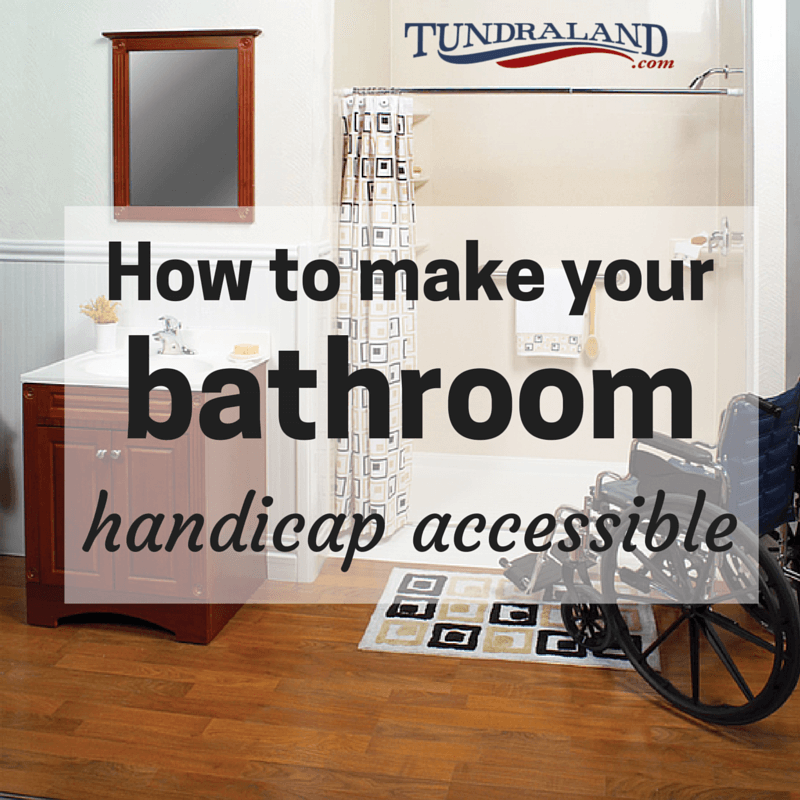
As an experienced professional in the field of handicap toilets, I have gained valuable insights into the ADA rules and regulations that govern their design and installation. In this section, I will provide a comprehensive understanding of the ADA rules for handicap toilets, ensuring that you have all the necessary information to make informed decisions when it comes to accessibility in your building or facility.
1. Dimensions and Clearances
One of the key aspects of ADA rules for handicap toilets is the requirement for specific dimensions and clearances. According to the ADA guidelines, the minimum clear floor space in front of a toilet should be 60 inches wide and 56 inches deep. This allows individuals using mobility devices, such as wheelchairs, to maneuver comfortably.
In addition to the clear floor space, the guidelines also specify the height of the toilet seat. The ADA requires that the seat height should be between 17 and 19 inches from the floor, ensuring ease of use for individuals with mobility impairments.
Furthermore, ADA rules dictate that there should be grab bars installed near the toilet. These grab bars should be positioned at a height between 33 and 36 inches from the floor and should be able to support a weight of at least 250 pounds. These bars provide stability and support for individuals with mobility challenges.
2. Toilet Accessibility Features
ADA rules also outline specific features that should be present in handicap toilets to ensure accessibility. One of these features is the presence of a flush control mechanism that is easy to operate. The guidelines recommend using a flush control that can be activated with a closed fist or a loose grip, allowing individuals with limited hand dexterity to easily flush the toilet.
Another important aspect of toilet accessibility is the presence of adequate signage. ADA rules require that handicap toilets be clearly identified with the International Symbol of Accessibility, which is a white symbol on a blue background. This ensures that individuals with disabilities can easily locate the accessible facilities.
Furthermore, ADA rules emphasize the importance of having toilet paper dispensers and hand dryers placed at accessible heights. This ensures that individuals using mobility devices can reach these amenities without difficulty.
3. Compliance with Building Codes
It is crucial to note that ADA rules for handicap toilets are not standalone regulations. They must be considered in conjunction with local building codes and regulations. Building codes may have additional requirements or specifications that need to be met to ensure compliance.
For example, some building codes may require specific signage or color contrast to enhance visibility and accessibility. It is essential to consult with local authorities and professionals familiar with the building codes in your area to ensure that your handicap toilets meet all the necessary requirements.
4. Benefits of ADA-Compliant Handicap Toilets
By adhering to the ADA rules for handicap toilets, you not only ensure compliance with legal requirements but also create a more inclusive and accessible environment for all individuals. ADA-compliant handicap toilets promote independence and dignity for individuals with disabilities, allowing them to use restroom facilities with ease and comfort.
Moreover, providing accessible facilities can positively impact your organization’s reputation. It demonstrates a commitment to inclusivity and accessibility, which can attract a wider customer base and enhance the overall experience for all visitors.
III. Dimensions and Specifications for Handicap Toilets
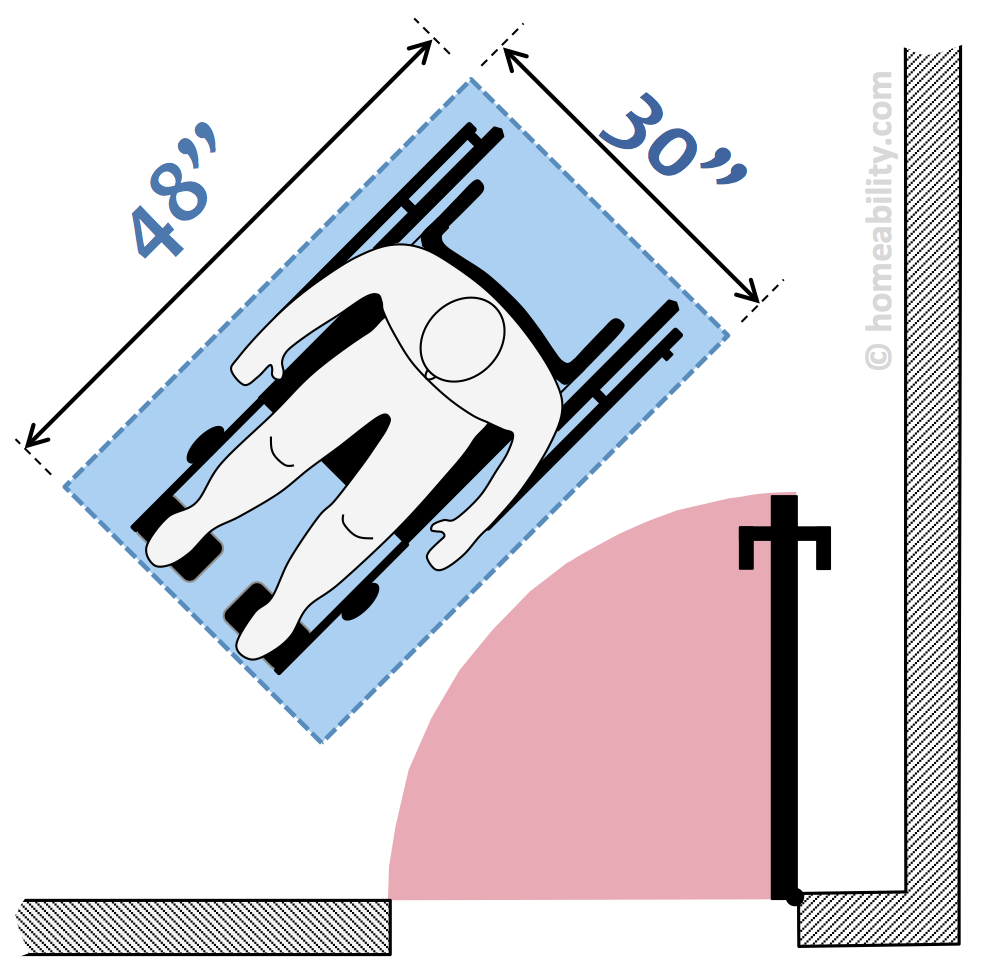
When it comes to designing and installing handicap toilets, it is crucial to adhere to the dimensions and specifications set by the Americans with Disabilities Act (ADA). These guidelines ensure that individuals with disabilities have equal access to restroom facilities and can use them comfortably and safely. In this section, we will discuss the key dimensions and specifications to consider when installing a handicap toilet.
1. Toilet Height
The height of a handicap toilet is an important consideration to ensure accessibility for individuals with mobility impairments. According to ADA guidelines, the toilet seat height should be between 17 and 19 inches from the floor. This height range allows individuals to transfer easily from a wheelchair to the toilet seat, promoting independence and safety.
It is worth noting that some individuals may require a higher toilet seat height, especially those with more significant mobility limitations. In such cases, it is recommended to install an elevated toilet seat or consider the use of assistive devices like toilet seat risers.
2. Clear Floor Space
Providing adequate clear floor space around the toilet is essential for maneuverability and accessibility. The ADA requires a minimum clear floor space of 60 inches in width and 56 inches in depth. This space allows individuals using mobility aids, such as wheelchairs or walkers, to approach and position themselves comfortably in front of the toilet.
Additionally, it is crucial to ensure that there are no obstructions within the clear floor space, such as trash cans or toilet paper dispensers. This ensures that individuals have enough room to transfer onto the toilet seat safely.
3. Grab Bars
Grab bars play a crucial role in providing support and stability for individuals with disabilities while using the toilet. ADA guidelines specify the installation of grab bars in handicap toilet stalls.
For side grab bars, they should be mounted between 33 and 36 inches above the finished floor. These bars provide support for individuals when transferring to and from the toilet seat. The length of the side grab bars should be at least 42 inches, ensuring that there is enough gripping surface for users.
In addition to side grab bars, ADA guidelines also recommend the installation of a horizontal grab bar behind the toilet. This bar should be mounted at a minimum of 36 inches in length and provide support for individuals while sitting down or standing up.
4. Flush Controls
The flush controls for handicap toilets should be easily accessible and operable for individuals with disabilities. ADA guidelines state that the flush controls should be mounted on the open side of the toilet, within reach range of 44 inches from the floor.
It is important to ensure that the flush controls are easy to use, requiring minimal effort or dexterity. Lever-style flush controls are often preferred over buttons or touch-sensitive controls, as they are more user-friendly for individuals with limited hand function.
5. Signage and Accessibility Markings
Proper signage and accessibility markings are essential for identifying handicap toilets and ensuring their visibility to individuals with disabilities. ADA guidelines specify that handicap toilets should be clearly marked with the International Symbol of Accessibility (ISA) on the door.
In addition to the ISA symbol, it is recommended to include Braille signage on the door to assist individuals with visual impairments. The signage should also indicate that the toilet is accessible for individuals with disabilities.
Furthermore, it is important to ensure that the pathway to the handicap toilet is free from obstacles and clearly marked. This includes providing accessible parking spaces, ramps, and clear signage directing individuals to the restroom facilities.
By following these dimensions and specifications for handicap toilets, you can create inclusive and accessible restroom facilities that cater to the needs of individuals with disabilities. It is essential to prioritize accessibility and ensure that everyone can use the restroom independently and with dignity.
IV. Importance of Handicap Toilets in Public Spaces
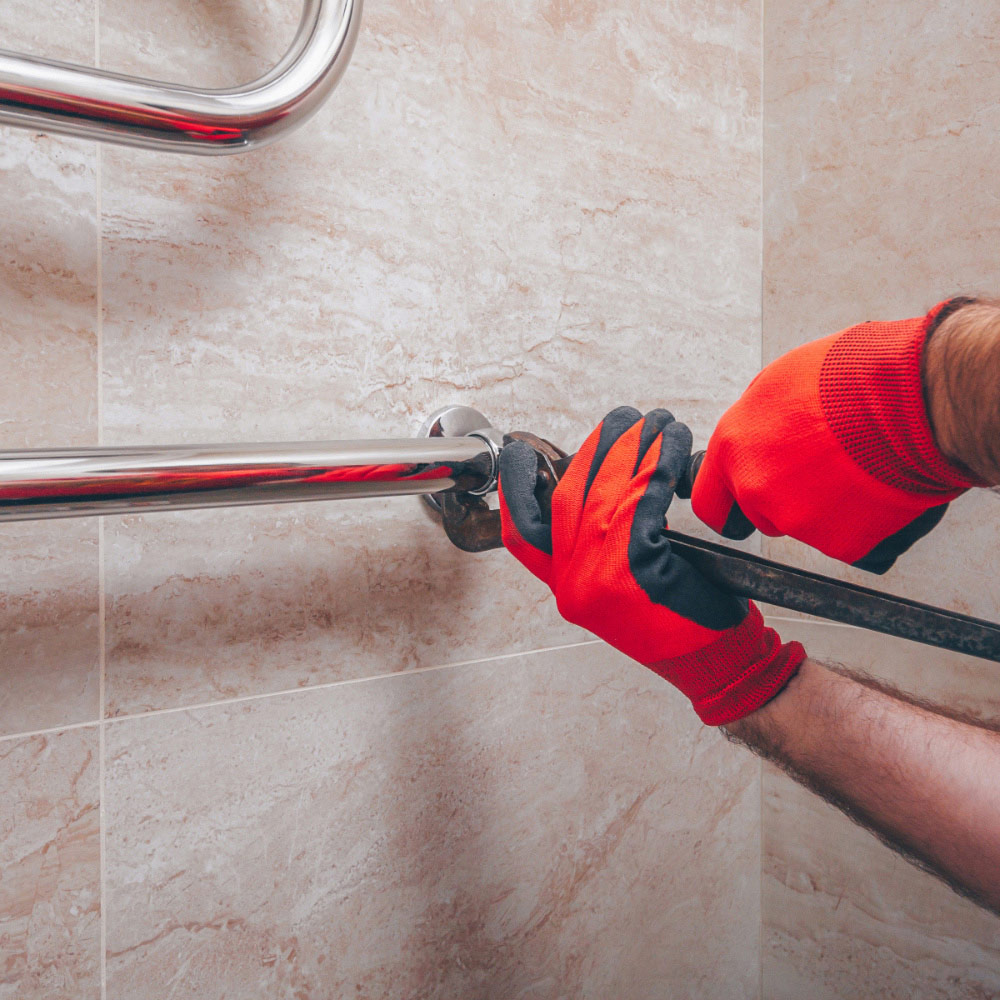
As a content writer with expertise in the field of handicap toilets, I understand the importance of accessible facilities in public spaces. Handicap toilets, also known as accessible toilets or ADA-compliant toilets, play a crucial role in ensuring equal access and inclusivity for individuals with disabilities. In this section, I will discuss the significance of handicap toilets in public spaces and why it is essential for businesses and organizations to prioritize their installation.
1. Ensuring Equal Access for Individuals with Disabilities
One of the primary reasons why handicap toilets are crucial in public spaces is to ensure equal access for individuals with disabilities. These specially designed toilets are equipped with features that cater to the unique needs of people with mobility impairments, such as grab bars, wider doorways, and lower sinks. By providing accessible toilets, businesses and organizations demonstrate their commitment to inclusivity and create a welcoming environment for all individuals.
2. Meeting Legal Requirements and Compliance
Installing handicap toilets in public spaces is not just a matter of convenience or goodwill; it is also a legal requirement in many countries. In the United States, for example, the Americans with Disabilities Act (ADA) mandates that certain public facilities must provide accessible toilets to comply with accessibility standards. Failure to meet these requirements can result in legal consequences and penalties. Therefore, it is essential for businesses and organizations to prioritize the installation of handicap toilets to ensure compliance with the law.
3. Enhancing Customer Satisfaction and Loyalty
By providing handicap toilets in public spaces, businesses and organizations can enhance customer satisfaction and loyalty. Accessible facilities demonstrate a commitment to customer care and inclusivity, which can leave a positive impression on individuals with disabilities and their companions. When customers feel valued and accommodated, they are more likely to return and recommend the establishment to others. Moreover, word-of-mouth recommendations from satisfied customers can contribute to the overall reputation and success of a business.
4. Promoting Social Responsibility and Diversity
Installing handicap toilets in public spaces goes beyond legal requirements and customer satisfaction; it is also an act of social responsibility and a step towards promoting diversity. By providing accessible facilities, businesses and organizations contribute to a more inclusive society where individuals with disabilities can participate fully in public life. This commitment to diversity and inclusivity can resonate with customers, employees, and the community, fostering a positive brand image and reputation.
5. Creating a Barrier-Free Environment
Handicap toilets play a vital role in creating a barrier-free environment in public spaces. These facilities are designed to accommodate individuals with various types of disabilities, including mobility impairments, visual impairments, and cognitive disabilities. The inclusion of features such as grab bars, non-slip flooring, and clear signage ensures that individuals with disabilities can navigate the restroom independently and safely. By eliminating physical barriers, businesses and organizations contribute to a more accessible and inclusive society.
V. Factors to Consider When Buying Handicap Toilets
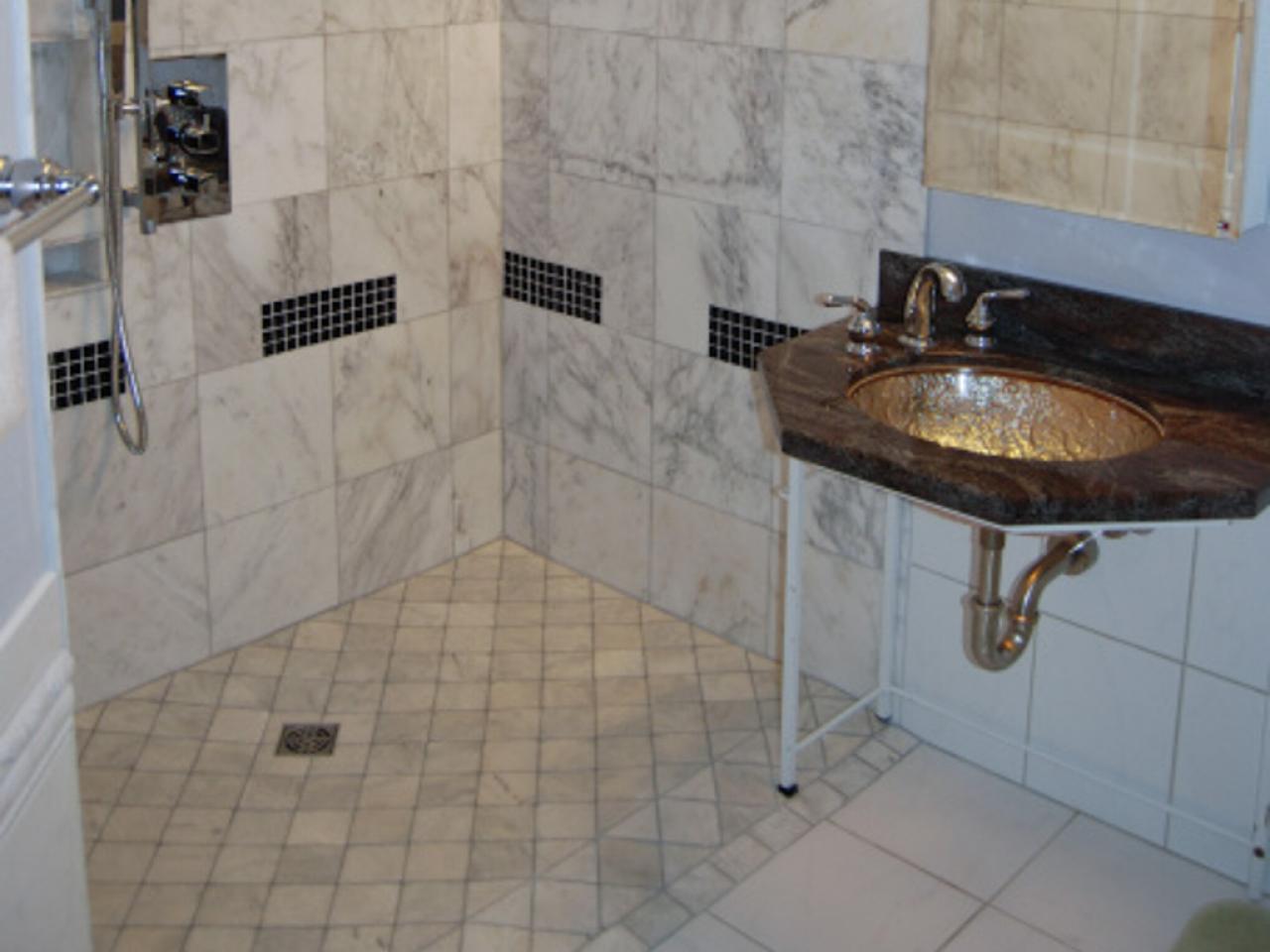
When it comes to purchasing handicap toilets, there are several important factors to consider. These factors will ensure that you choose the right toilet that meets the needs of individuals with disabilities while also adhering to ADA rules and regulations. As someone who has extensive experience in the field and a deep understanding of the challenges faced by individuals with disabilities, I have compiled a comprehensive list of factors to consider when buying handicap toilets.
1. Dimensions and Accessibility
One of the most crucial factors to consider when purchasing a handicap toilet is its dimensions and accessibility features. The toilet should have a comfortable height, typically between 17 to 19 inches, to facilitate easy transfer for individuals with mobility issues. Additionally, it should have grab bars on both sides to provide support and stability. These grab bars should be securely installed and capable of withstanding the weight of the user.
Furthermore, the toilet should have ample space around it to accommodate wheelchair users. This includes having enough clearance in front of the toilet for easy maneuverability and allowing for side transfer if needed. The doorway leading to the bathroom should also be wide enough to accommodate wheelchairs.
2. Flushing Mechanism
Another important factor to consider is the flushing mechanism of the handicap toilet. It is essential to choose a toilet with a reliable and efficient flushing system to ensure proper waste removal. Look for toilets with dual-flush options, as they allow for water conservation by providing a lower flush volume for liquid waste and a higher flush volume for solid waste.
Additionally, consider toilets with touchless flushing technology, as they minimize the risk of spreading germs and provide a more hygienic experience. These touchless systems utilize sensors to detect when the user is finished and automatically flush the toilet, promoting cleanliness and convenience.
3. Durability and Maintenance
When investing in a handicap toilet, it is crucial to choose a durable and low-maintenance option. Look for toilets made from high-quality materials such as vitreous china or porcelain, as they are resistant to stains and scratches. These materials are also easy to clean, ensuring that the toilet remains sanitary and presentable.
Consider toilets with a glazed trapway, as it prevents waste from sticking and clogging the toilet. This feature reduces the need for frequent maintenance and ensures a smooth and efficient flushing experience. Additionally, opt for toilets with a high-quality seat that is comfortable and easy to clean.
4. Water Efficiency
Water conservation is a crucial consideration when purchasing any toilet, including handicap toilets. Look for toilets that are WaterSense certified, as they meet the Environmental Protection Agency’s (EPA) criteria for water efficiency. These toilets use significantly less water per flush compared to standard toilets, helping to reduce water consumption and lower utility bills.
Furthermore, consider toilets with adjustable flush volumes, as they allow users to control the amount of water used per flush. This feature is particularly beneficial for individuals with disabilities who may require a higher flush volume for effective waste removal.
5. Additional Features
Lastly, consider any additional features that may enhance the overall functionality and comfort of the handicap toilet. These features can include built-in bidets, heated seats, night lights, and odor control systems. While not essential, these features can greatly improve the user experience and make the toilet more accommodating for individuals with disabilities.
It is important to note that the specific requirements for handicap toilets may vary depending on the jurisdiction and the specific needs of the users. Therefore, it is advisable to consult with a professional or an accessibility expert to ensure compliance with local regulations and to address any specific requirements.
By considering these factors when purchasing a handicap toilet, you can ensure that you choose a toilet that is accessible, comfortable, and meets the needs of individuals with disabilities. Remember, investing in a high-quality and well-designed handicap toilet is not only a matter of compliance but also a way to promote inclusivity and improve the overall quality of life for individuals with disabilities.
VI. Frequently Asked Questions about Handicap Toilets
As an expert in the field of handicap toilets, I often receive questions from individuals seeking guidance on various aspects of these specialized facilities. In this section, I will address some of the most frequently asked questions to provide you with a comprehensive understanding of handicap toilets and their requirements.
1. What are the dimensions of a handicap toilet?
A handicap toilet, also known as an accessible toilet, must comply with the guidelines set by the Americans with Disabilities Act (ADA). According to the ADA, the minimum dimensions of a handicap toilet stall should be 60 inches wide and 56 inches deep. The toilet seat height should be between 17 and 19 inches to ensure ease of use for individuals with mobility challenges.
2. Are there specific grab bar requirements for a handicap toilet?
Yes, the ADA guidelines specify the installation of grab bars in handicap toilet stalls. These grab bars should be securely mounted on the side and rear walls, providing support and stability for individuals with disabilities. The grab bars should be at least 36 inches long and located at a height of 33 to 36 inches above the floor.
3. Can a regular toilet be converted into a handicap toilet?
While it is possible to retrofit a regular toilet to make it more accessible, it is recommended to install a dedicated handicap toilet to ensure compliance with ADA guidelines. Retrofitting may involve modifications such as adding grab bars, raising the seat height, or widening the stall. However, it is important to consult with a professional to ensure the modifications meet the necessary requirements.
4. Are there specific requirements for handicap toilet signage?
Yes, ADA guidelines require the use of specific signage to identify handicap toilet facilities. The signage should include the International Symbol of Accessibility, which consists of a white figure in a blue background. The signage should be placed at a height of 60 inches above the floor and easily visible from a distance.
5. Are there any regulations regarding the number of handicap toilets in a public facility?
Yes, ADA guidelines specify the minimum number of handicap toilets required in public facilities based on the total number of toilets available. The exact requirements vary depending on the size and type of the facility. It is important for facility owners and managers to familiarize themselves with these regulations to ensure compliance.
6. Can a handicap toilet be installed in a residential setting?
Yes, handicap toilets can be installed in residential settings to accommodate individuals with disabilities or mobility challenges. Installing a handicap toilet in a home can greatly enhance accessibility and convenience for individuals with special needs. It is recommended to consult with a professional plumber or contractor to ensure proper installation and compliance with applicable regulations.
7. Are there any financial assistance programs available for installing handicap toilets?
Yes, there are various financial assistance programs available to help individuals and organizations cover the costs of installing handicap toilets. These programs may be offered by government agencies, non-profit organizations, or charitable foundations. It is advisable to research and inquire about such programs to determine eligibility and avail the necessary support.
8. Are there any additional features or accessories that can enhance the functionality of a handicap toilet?
Yes, there are several additional features and accessories available that can enhance the functionality and comfort of a handicap toilet. Some examples include automatic flush systems, bidet attachments, raised toilet seats, and adjustable height options. These features can be customized based on individual needs and preferences to provide a more inclusive and user-friendly experience.
By addressing these frequently asked questions, I hope to have provided you with valuable insights into the world of handicap toilets. If you have any further inquiries or require more specific information, please feel free to reach out to me. I am here to assist you in making informed decisions and ensuring accessibility for all.

Michael Rasmussen is an accomplished writer with a passion for creating engaging content. Born and raised in a small town in Denmark, Michael developed a love for storytelling from a young age. He pursued his education at the prestigious Aarhus University, where he obtained a Bachelor’s degree in Literature and Creative Writing. With a unique perspective on life, Michael’s writing often delves into the intricacies of everyday experiences, including his quirky fascination with toilets. His ability to blend humor and insight has garnered him a loyal following of readers who appreciate his distinctive style. When he’s not busy crafting captivating narratives, Michael enjoys exploring the great outdoors and seeking inspiration in unexpected places.
